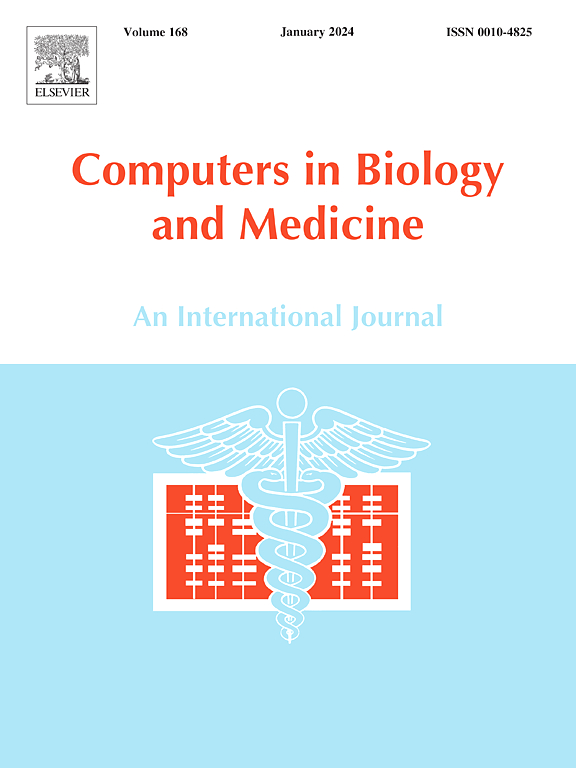生成对抗网络增强数据改进心音异常检测
IF 6.3
2区 医学
Q1 BIOLOGY
引用次数: 0
摘要
PhysioNet/Computing in Cardiology (CinC) Challenge 2016数据集在使用机器学习(ML)和深度学习(DL)的自动心音分析方面取得了重大进展。然而,这些努力受到数据集规模有限和严重类别不平衡的限制,特别是冠状动脉疾病(CAD)病例的代表性不足。本研究通过使用生成对抗网络(gan)来合成逼真的类似cad的心音片段,增强现有数据集以提高分类性能,从而解决了这些限制。采用渐进式Wasserstein GAN架构生成高质量音频片段,准确捕捉CAD心音的频谱和时间特征。使用fr本文章由计算机程序翻译,如有差异,请以英文原文为准。
Generative adversarial network augmented data for improved heart sound abnormality detection
The PhysioNet/Computing in Cardiology (CinC) Challenge 2016 dataset has driven significant advancements in automated heart sound analysis using machine learning (ML) and deep learning (DL). However, these efforts are constrained by the dataset's limited size and severe class imbalance, particularly the underrepresentation of coronary artery disease (CAD) cases. This study addresses these limitations by employing generative adversarial networks (GANs) to synthesize realistic CAD-like heart sound segments, augmenting existing datasets to improve classification performance. A Progressive Wasserstein GAN architecture was implemented to generate high-quality audio segments that accurately capture CAD heart sounds' spectral and temporal characteristics. The quality of synthetic audio was assessed using the Fréchet Audio Distance (FAD), achieving scores of 1.43 and 2.23 when compared to reference CAD and healthy samples, respectively. Novel post-processing steps, including bandpass filtering, further enhanced the fidelity of the synthetic samples. By augmenting the imbalanced heart sound dataset with these samples, we observed substantial improvements in the performance of five classification models. The GAN-augmented training set outperformed traditional augmentation and cost-sensitive learning methods, demonstrating superior sensitivity, specificity, and precision. This study highlights the potential of GAN-based data augmentation to address critical challenges in medical audio datasets. It offers a scalable and cost-effective solution for improving the generalizability and robustness of heart sound classification models, paving the way for enhanced diagnostic tools in biomedical signal processing.
求助全文
通过发布文献求助,成功后即可免费获取论文全文。
去求助
来源期刊

Computers in biology and medicine
工程技术-工程:生物医学
CiteScore
11.70
自引率
10.40%
发文量
1086
审稿时长
74 days
期刊介绍:
Computers in Biology and Medicine is an international forum for sharing groundbreaking advancements in the use of computers in bioscience and medicine. This journal serves as a medium for communicating essential research, instruction, ideas, and information regarding the rapidly evolving field of computer applications in these domains. By encouraging the exchange of knowledge, we aim to facilitate progress and innovation in the utilization of computers in biology and medicine.
 求助内容:
求助内容: 应助结果提醒方式:
应助结果提醒方式:


